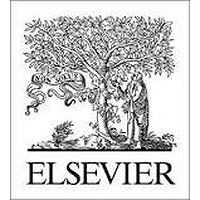Over the past 3-4 decades, per capita consumption of personal care products (PCPs) has steadily risen, resulting in increased discharge of the active and inactive ingredients present in these products into wastewater collection systems. PCPs comprise a long list of compounds employed in toothpaste, sunscreen, lotions, soaps, body washes, and insect repellants, among others. While comprehensive toxicological studies are not yet available, an increasing body of literature has shown that PCPs of all classes can impact aquatic wildlife, bacteria, and/or mammalian cells at low concentrations. Ongoing research efforts have identified PCPs in a variety of environmental compartments, including raw wastewater, wastewater effluent, surface water, wastewater solids, sediment, groundwater, and drinking water. Here, an aggregate analysis of over 5000 reported detections was conducted to better understand the distribution of environmentally-relevant PCP concentrations in, and between, these compartments. The distributions were used to identify whether aggregated environmentally-relevant concentration ranges intersected with available toxicity data. For raw wastewater, wastewater effluent, and surface water, a clear overlap was present between the 25th-75th percentiles and identified toxicity levels. This analysis suggests that improved wastewater treatment of antimicrobials, UV filters, and polycyclic musks is required to prevent negative impacts on aquatic species. (C) 2016 Elsevier Ltd. All rights reserved.

An aggregate analysis of personal care products in the environment: Identifying the distribution of environmentally-relevant concentrations
Review badges
0 pre-pub reviews
0 post-pub reviews